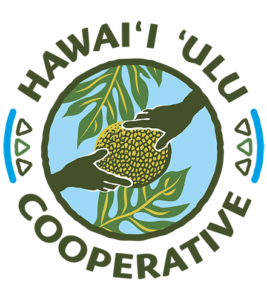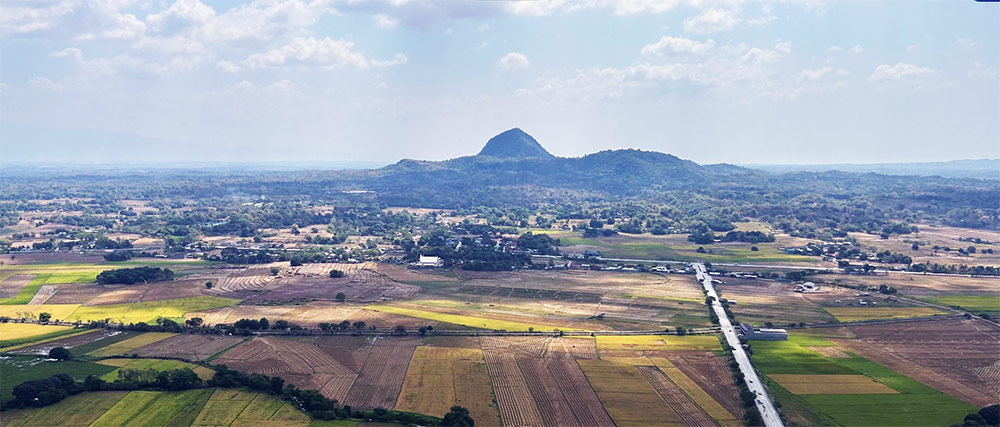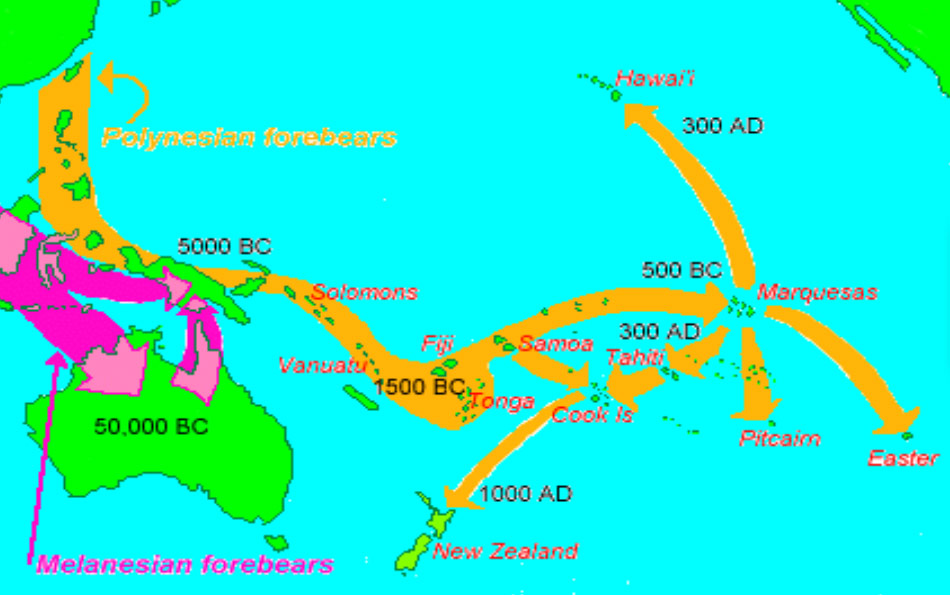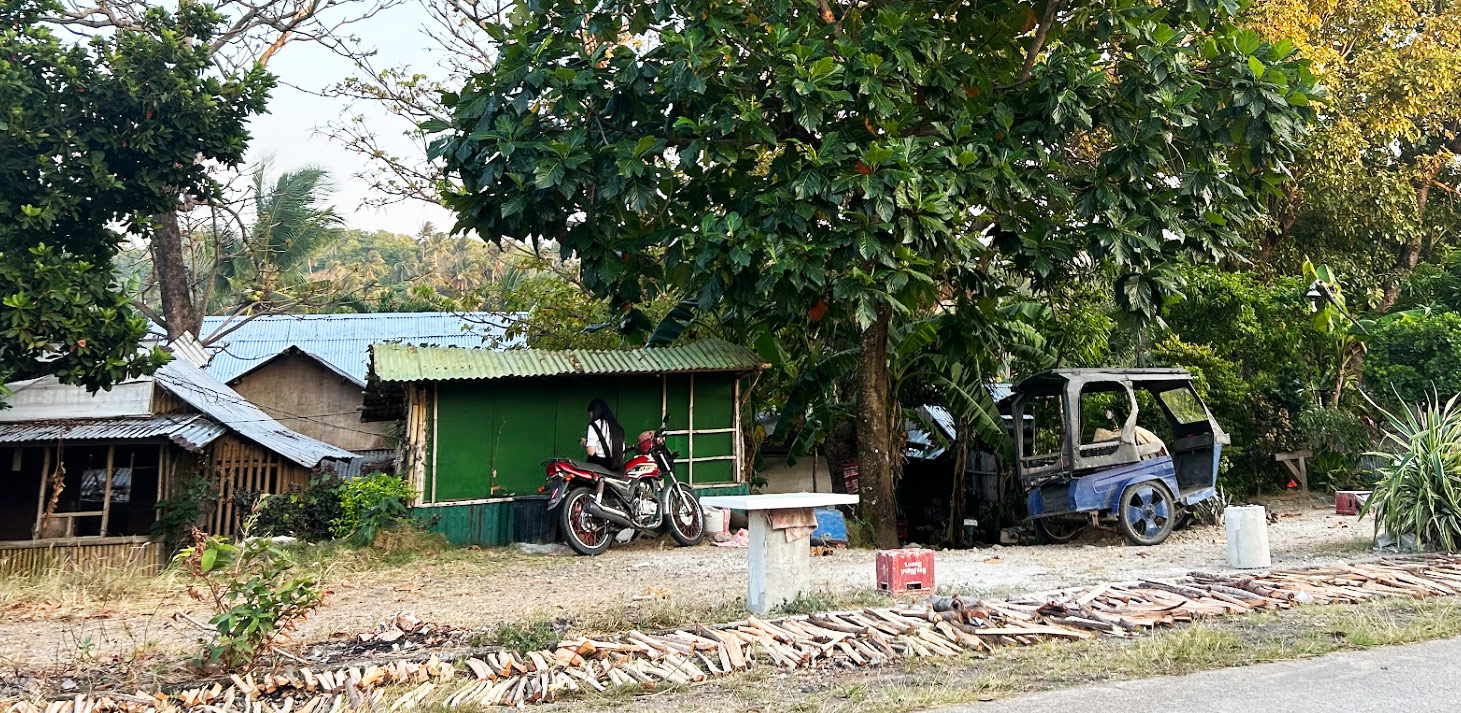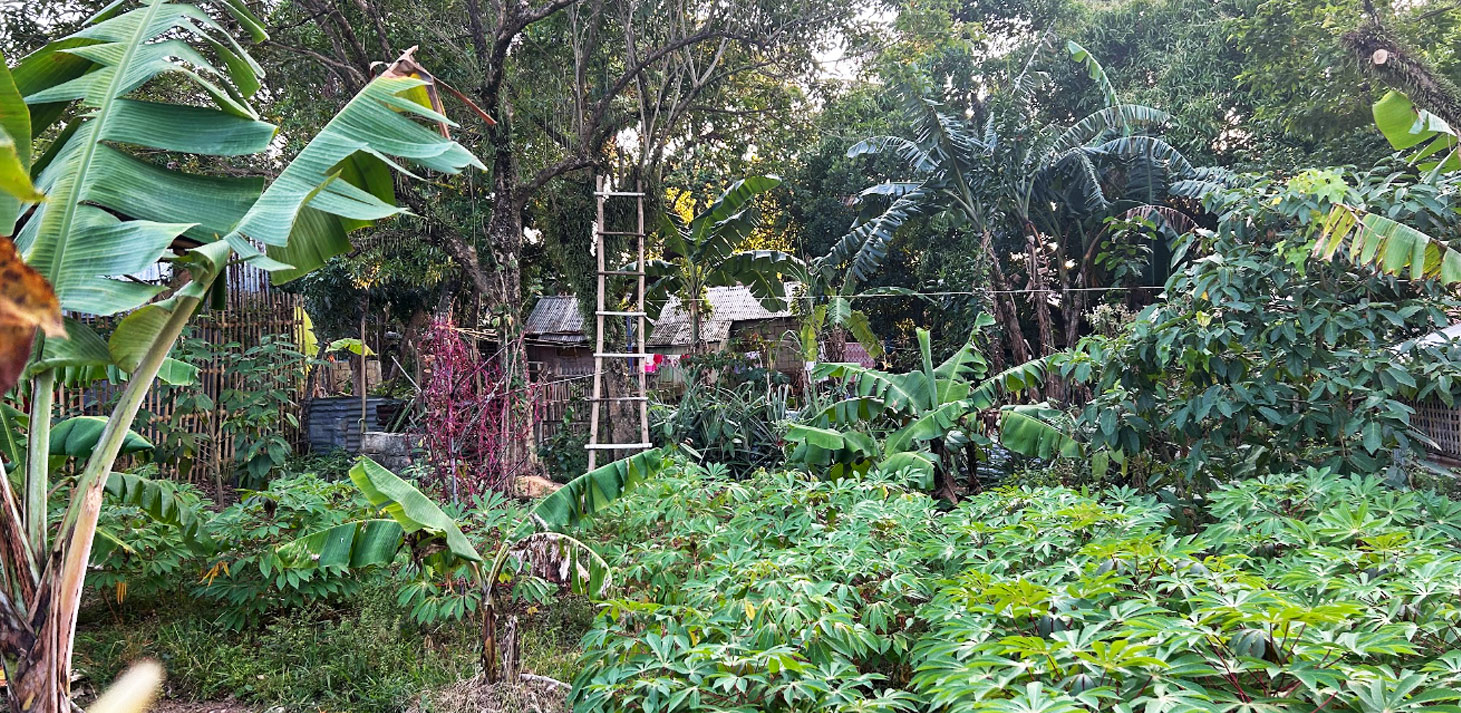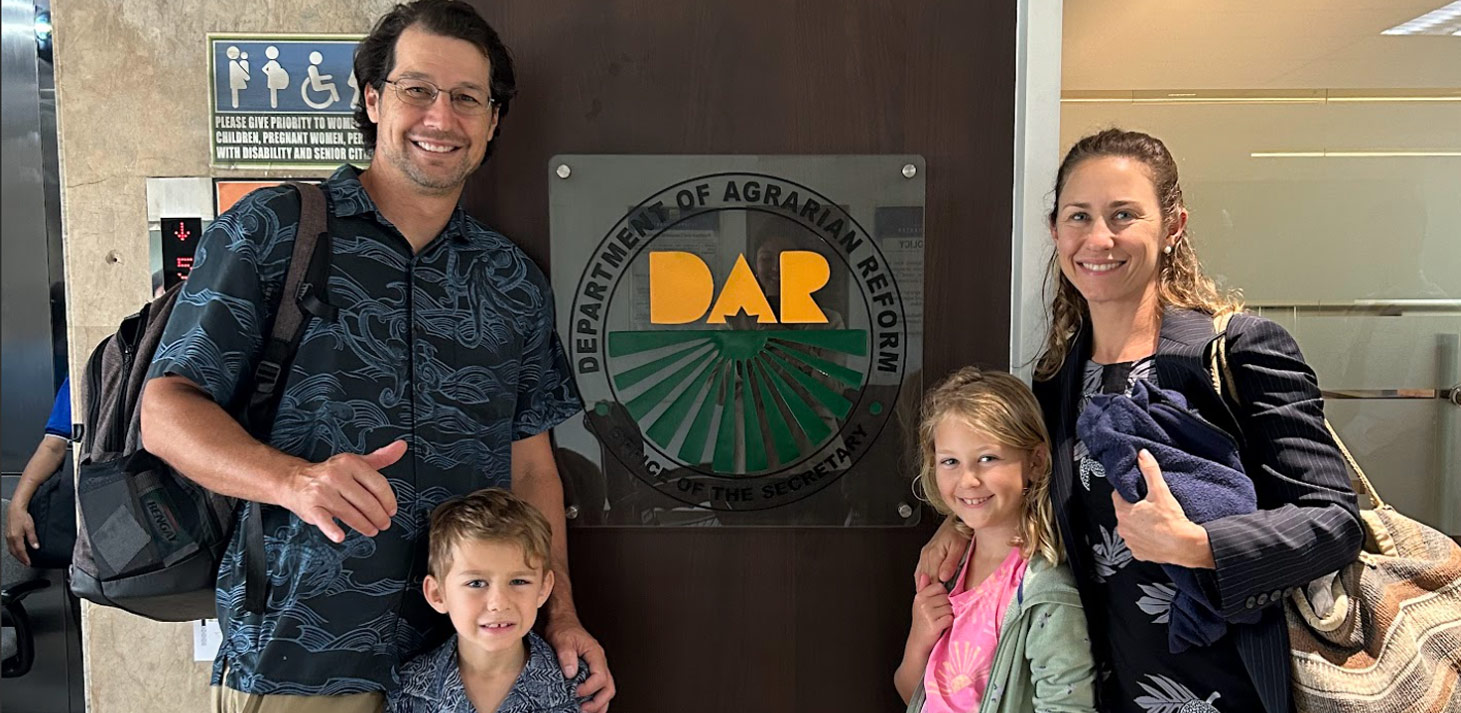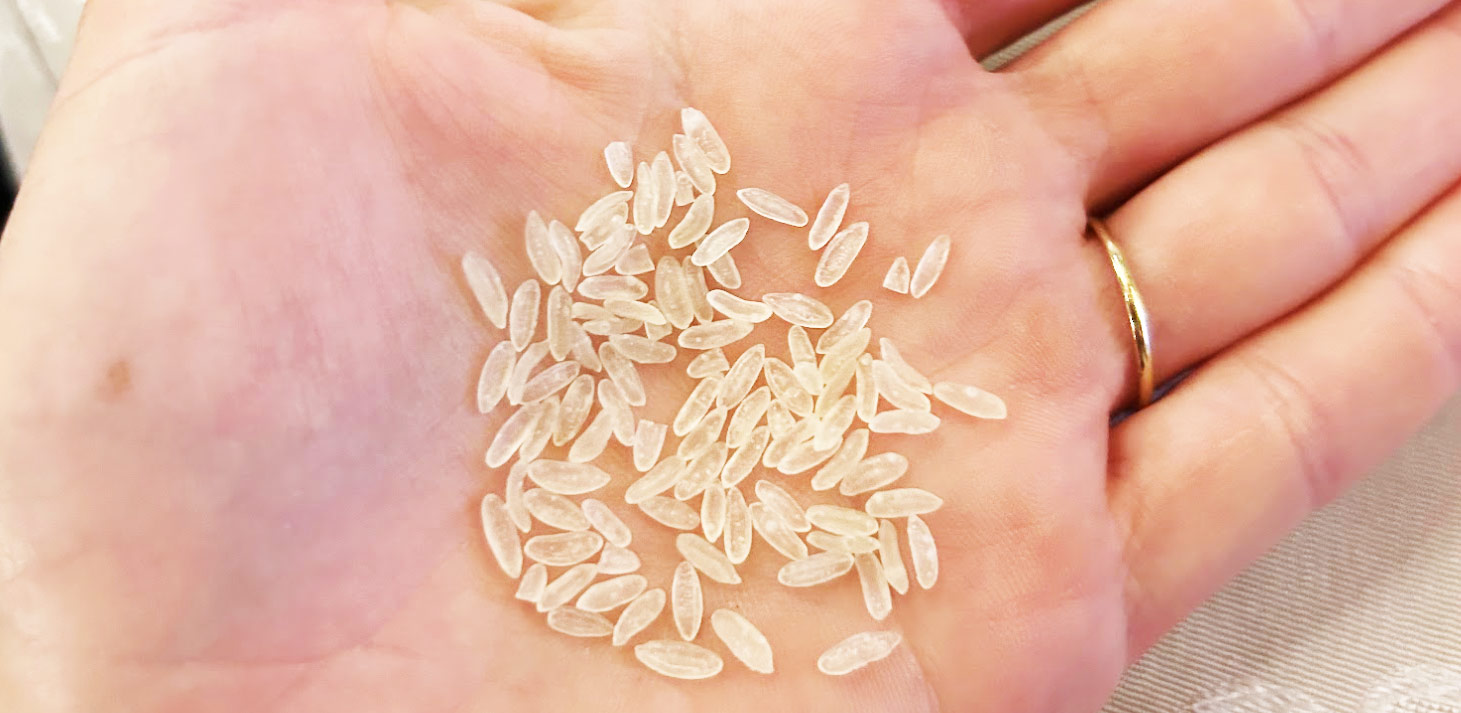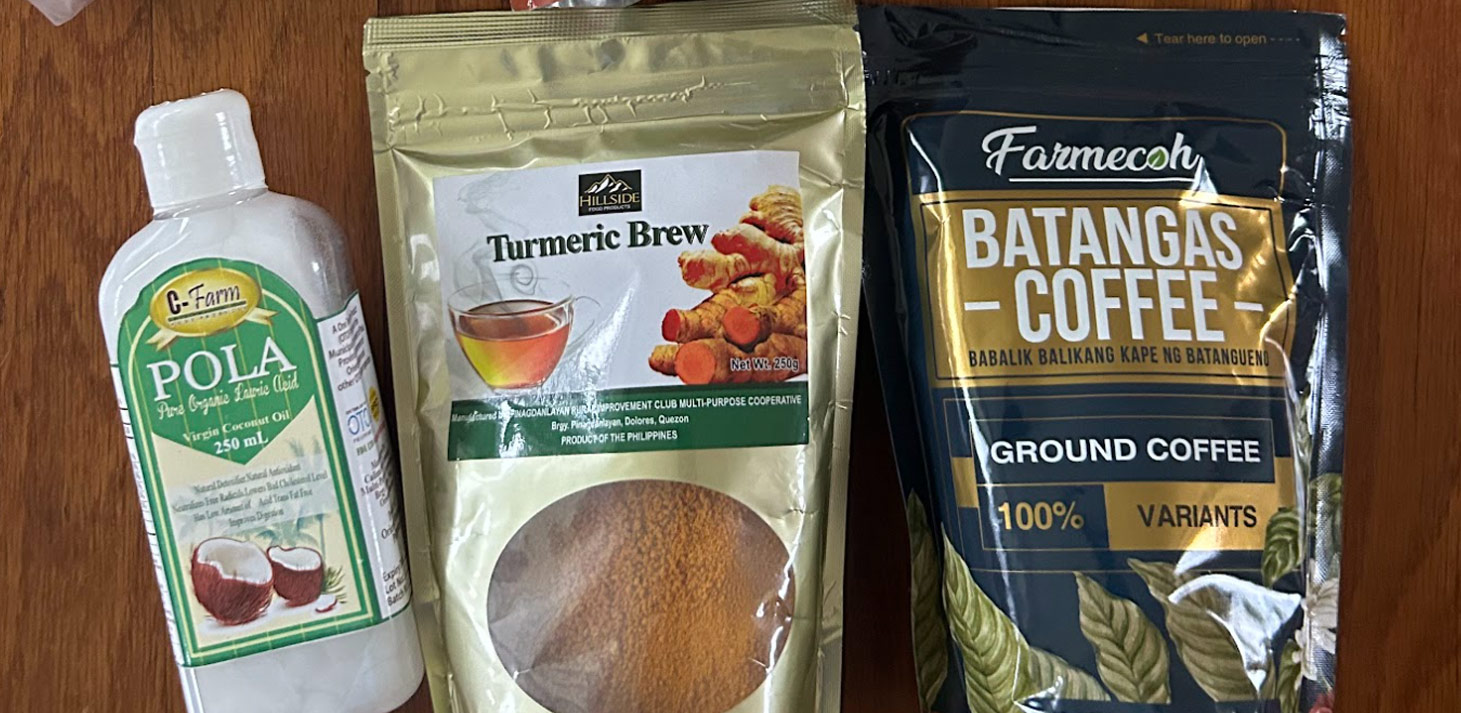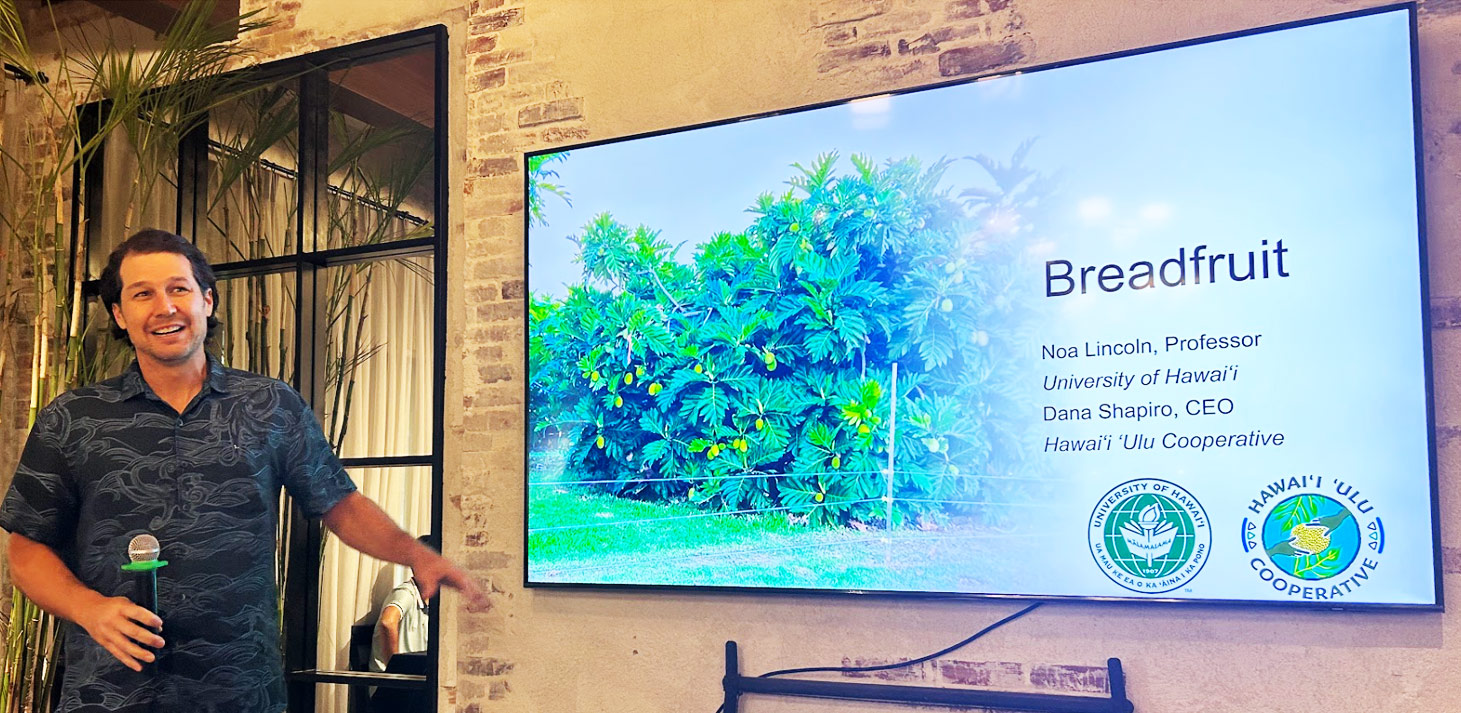Breadfruit in the Philippines
Recently, members of the Philippines government collaborated with Dr. Noa Lincoln from the Indigenous Cropping Systems Lab at UH CTAHR and Dana Shapiro, CEO of the Hawaiʻi ʻUlu Co-op, to advocate for breadfruit as a solution for local food security across the nation’s 7,000+ islands.
The mission, undertaken in March 2024, aimed to promote the cultivation and consumption of breadfruit. This summary shares lessons learned, with a few specific considerations for Hawaiʻi outlined at the end. By leveraging insights from the Philippines’ breadfruit initiative and agricultural practices, Hawaiʻi can strengthen its agricultural sector and enhance food security for its residents.
Breadfruit Across the Pacific (History & Current Status)
The introduction of breadfruit to the Philippines likely occurred centuries ago through Spanish colonization. While breadfruit trees are scattered across the islands, they are mainly used for household consumption, with limited commercial use.
Bringing Breadfruit Back
The current breadfruit initiative in the Philippines is led by Secretary Estrella of the Department of Agrarian Reform (DAR). His farm in Pangasinan, northern Luzon, hosts about 25 breadfruit trees propagated from local varieties. DAR aims to establish demonstration sites across the country to showcase breadfruit cultivation, integrating it into diverse agricultural systems like agroforestry. Secretary Estrella envisions distributing breadfruit trees to small-scale farmers, potentially transforming local agriculture.
Demonstration Sites
One prospective site for breadfruit demonstrations is Villar Farm School near metro Manila, supported by Senator Cynthia Villar. The school educates farmer trainees on urban and small-scale agriculture and includes facilities for dairy production and composting.
Departent of Agrarian Reform
DAR, established in the 1970s by President Ferdinand Marcos, focuses on redistributing agricultural land to small farmers. Over the years, DAR’s mission evolved to accommodate changes in farming practices and economic landscapes. Today, it represents a significant portion of agricultural land in the Philippines and supports millions of farmer beneficiaries.
Breadfruit is the New Rice
In a nation where rice is a staple, Secretary Estrella sees breadfruit as a potential alternative, offering better nutrition and resilience to climate change. He explores processing methods to make breadfruit products more appealing to rice-dependent populations.
Cooperatives in the Philippines
Cooperatives like the Catmon Multipurpose Cooperative (CMC) play a crucial role in rural development, providing diverse services to farmers and contributing to the regional economy. CMC’s success story highlights the importance of cooperative efforts in agricultural development.
Lessons for Hawai’i
Hawaiʻi shares a historical and cultural connection with the Philippines, and there are valuable lessons Hawaiʻi can learn from the Philippines’ agricultural experiences. Initiatives like the Agribusiness Development Corporation (ADC) and the Department of Agriculture (DOA) can draw inspiration from DAR’s strategies to support local farmers and promote agricultural diversity. Additionally, adopting policies to ensure food security, such as maintaining a minimum stockpile of staple food, can mitigate vulnerabilities in Hawaiʻi’s food supply chain.
